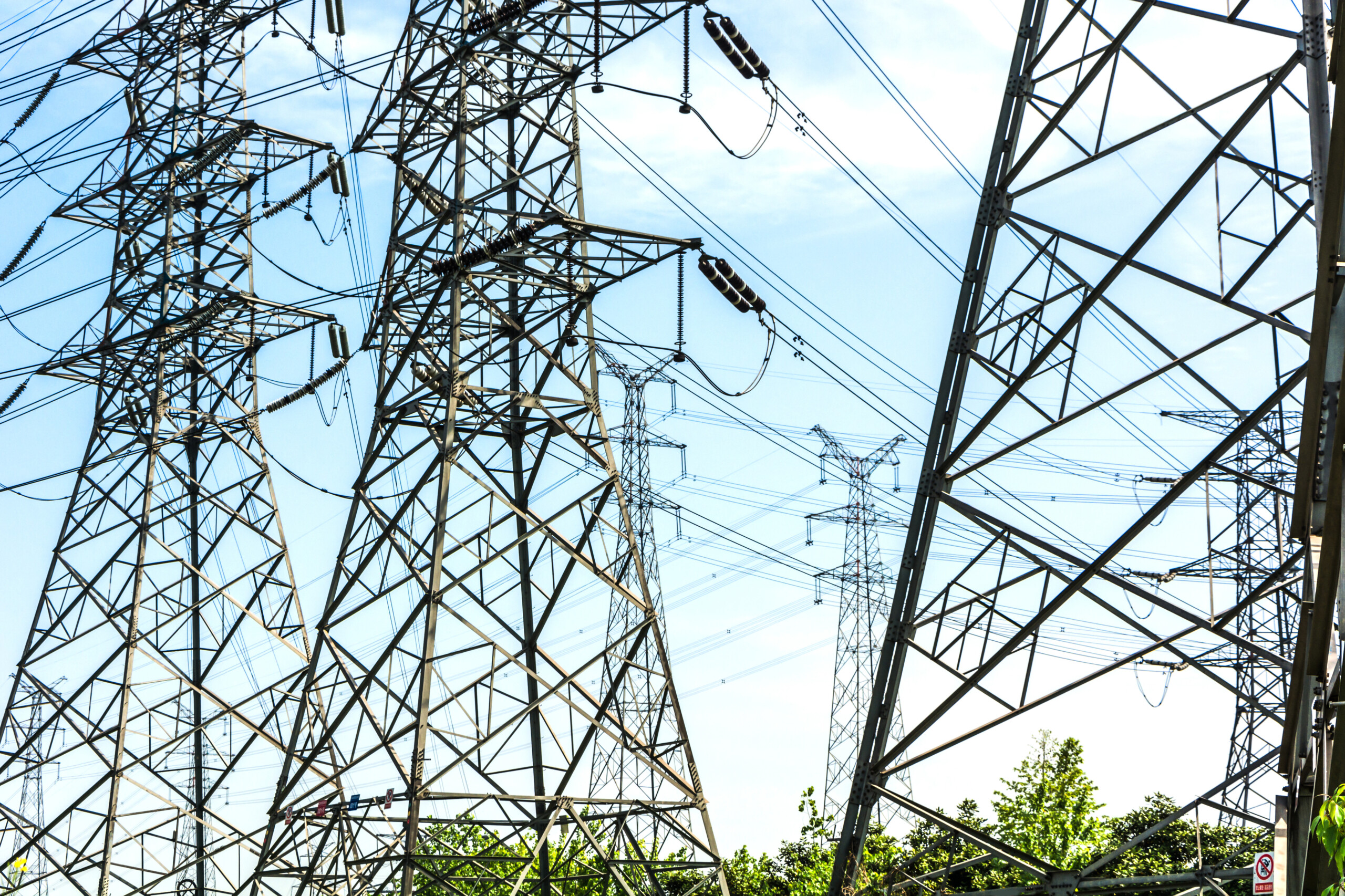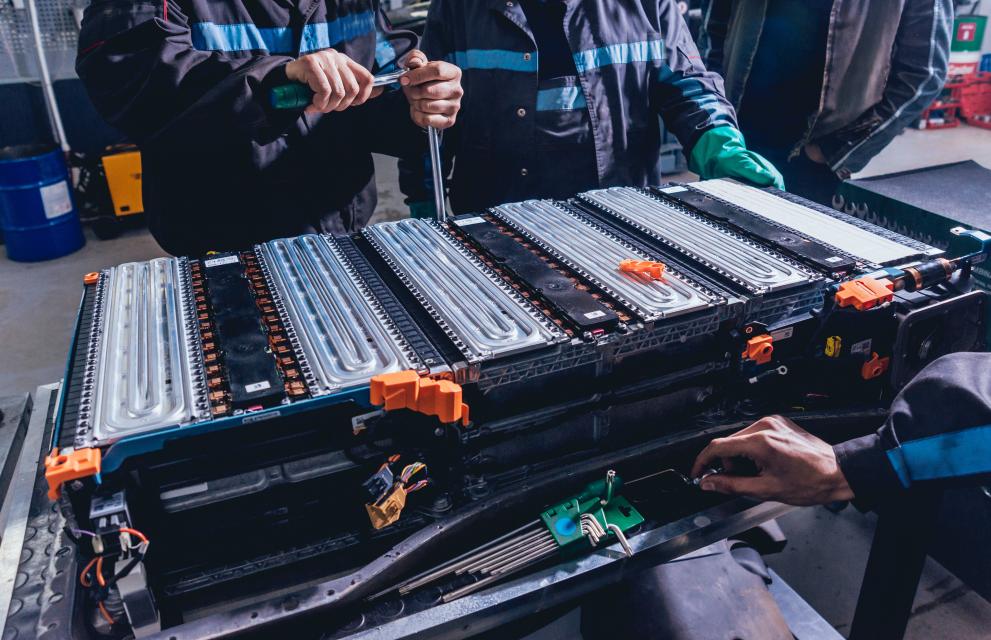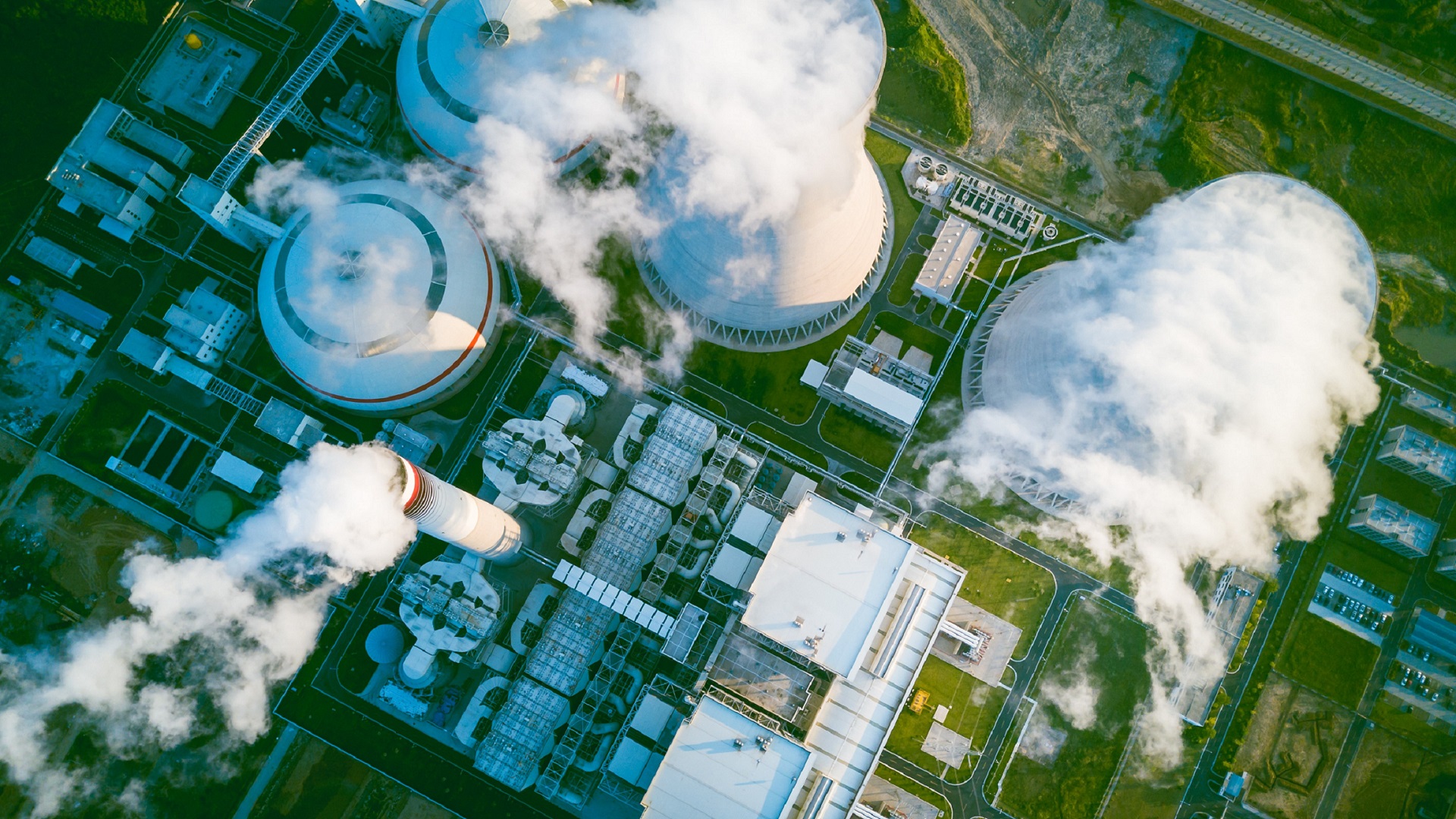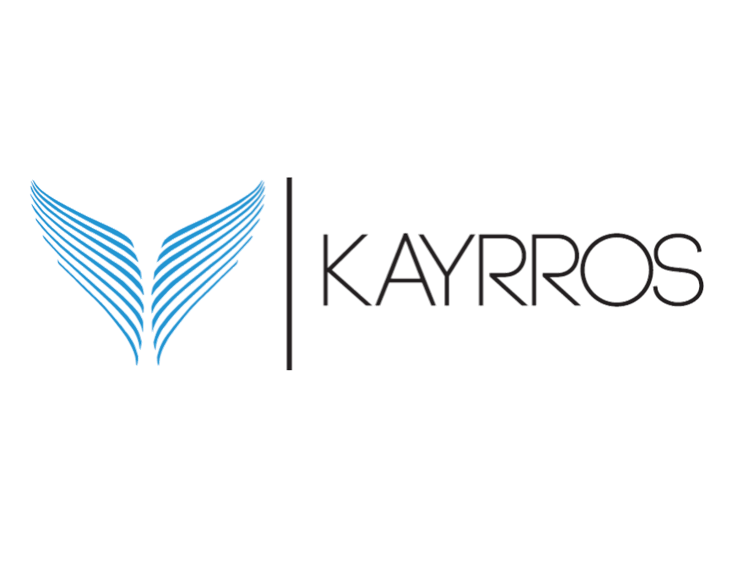With a global push toward decarbonization, scientists and innovators keep on exploring next-generation solutions to meet energy demands sustainably. Fourth-generation fuels, a cutting-edge development in renewable energy, are gaining attention for their ability to tackle climate challenges head-on. But what exactly are fourth-generation fuels, and how could they reshape our economy, society, and environment?
What Are Fourth-Generation Fuels?
Fourth-generation fuels are advanced biofuels that integrate renewable energy technologies with carbon capture and storage (CCS). They are designed to be carbon-negative, meaning they actively remove more CO₂ from the atmosphere than they emit during their lifecycle.
Key Characteristics:
- Feedstocks: Fourth-generation fuels are produced using non-food biomass, algae, or synthetic methods that leverage captured CO₂ and renewable hydrogen.
- Carbon Capture Integration: The production process involves capturing CO₂ from the atmosphere or industrial sources, storing it underground or utilizing it in other processes.
- Technological Advances: These fuels often rely on innovative technologies like artificial photosynthesis, engineered microorganisms, or bioreactors.
Examples include synthetic fuels made by combining captured CO₂ with green hydrogen and biofuels derived from carbon-absorbing crops paired with BECCS (Bioenergy with Carbon Capture and Storage).
Economic impact
The development of fourth-generation fuels has the potential to revolutionize the global economy. By driving significant investments in advanced manufacturing, biotechnology, and carbon capture infrastructure, these fuels can catalyze economic growth and establish technological leadership for nations that embrace them. They also offer an opportunity to enhance energy security by reducing dependence on imported fossil fuels, as their production relies on locally available feedstocks and renewable energy sources. However, the economic promise of fourth-generation fuels comes with challenges. High initial costs for production and infrastructure development remain substantial barriers, and scaling these technologies will require policy support, subsidies, and sustained private-sector investment.
Societal impact
Fourth-generation fuels can significantly influence societal structures, starting with job creation. The rise of this industry is expected to generate high-quality jobs in sectors such as research, engineering, agriculture, and clean energy. Rural communities, in particular, may benefit from new opportunities in biomass cultivation and carbon storage projects. Additionally, the adoption of cleaner alternatives to fossil fuels will lead to reduced air pollution, improving public health by minimizing respiratory illnesses, especially in urban and industrialized areas. Moreover, these fuels encourage collaboration between governments, businesses, and local communities, fostering a collective commitment to sustainable practices and empowering citizens to participate in the fight against climate change.
Environmental impact
The environmental benefits of fourth-generation fuels are profound. By capturing and storing atmospheric CO₂, they offer a tangible solution for achieving net-negative emissions, which is essential for addressing climate change. This ability to offset emissions is particularly valuable for sectors that are difficult to decarbonize, such as aviation and heavy industry. Furthermore, these fuels are produced using non-arable land or algae-based systems, which reduces competition with food production and helps preserve biodiversity. By integrating renewable energy sources like wind and solar into their production processes, fourth-generation fuels align seamlessly with broader decarbonization strategies and further minimize reliance on fossil fuels, setting a new benchmark for environmental responsibility.
Challenges and Future Outlook
While the promise of fourth-generation fuels is immense, several challenges remain:
- High Development Costs: Achieving commercial viability requires substantial R&D and infrastructure investments.
- Policy and Regulatory Support: Clear and consistent policies, including carbon pricing and subsidies, are essential to incentivize adoption.
- Technological Uncertainty: Scaling up these advanced technologies involves overcoming technical hurdles and ensuring reliability.
Despite these obstacles, the potential benefits make fourth-generation fuels a critical component of the global energy transition. With coordinated efforts from governments, industries, and researchers, these fuels could help pave the way toward a sustainable, carbon-negative future.









